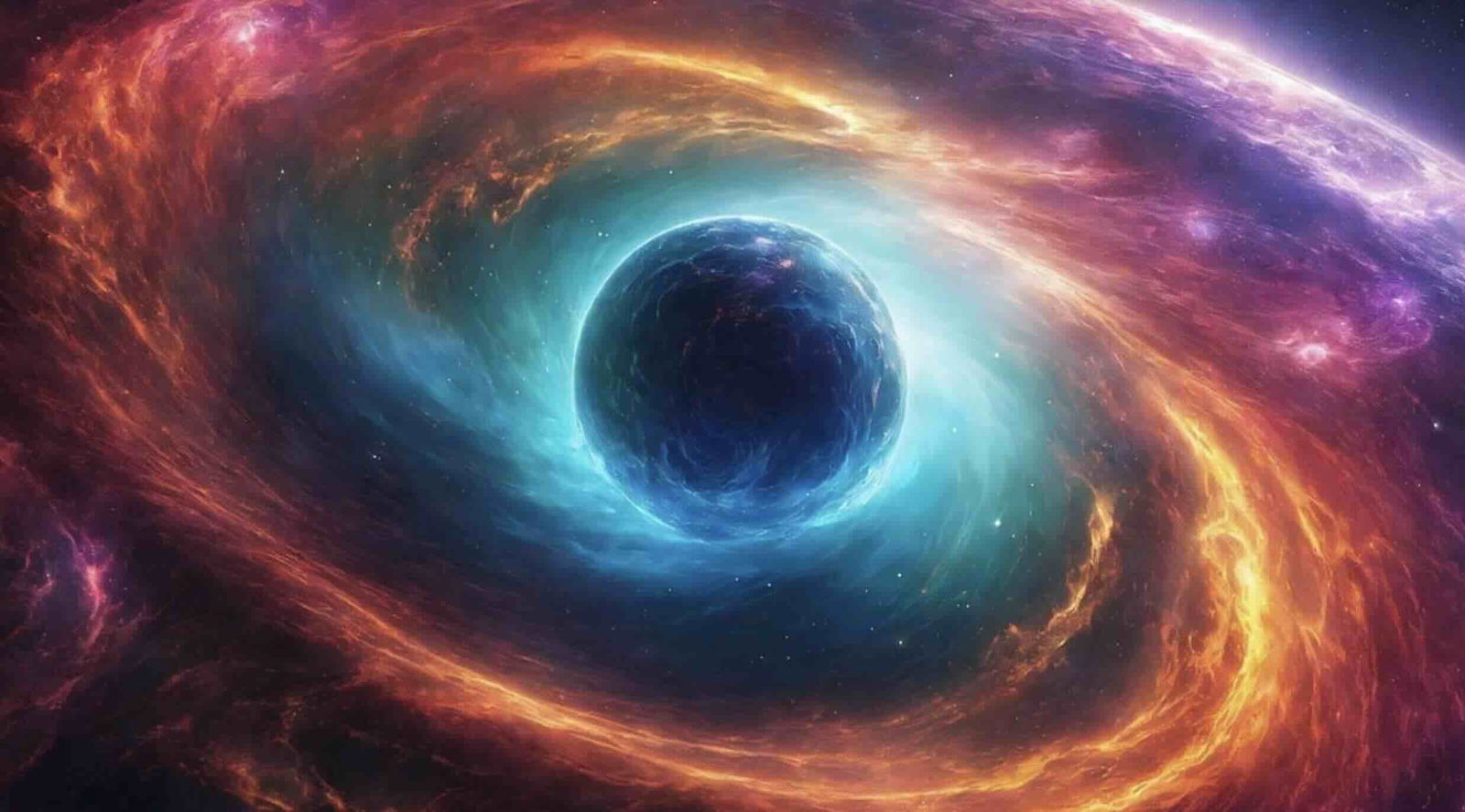An extremely rare variety of black hole has been discovered that challenges existing theories about their formation, according to new research that represents one of the most significant discoveries of its kind in recent years.
The black hole appears to exist within the so-called “mass gap,” and offers researchers an unprecedented view of the dynamics of stellar evolution and the formation of binary systems.
The new findings are detailed in a new paper by lead author Dr. Song Wang of the National Astronomical Observatories of the Chinese Academy of Sciences (NAOC), which appeared in the journal Nature Astronomy.
In Search of the Mass Gap
For many years, scientists have searched for black holes with masses between three and five solar masses, only a few of which are known to exist. Black holes of this type comprise the phenomenon known as the “mass gap,” and have helped propel theories about unique mechanisms that might occur during supernova explosions that may prevent the formation of black holes in this range.
Other theories hold that black holes within the mass gap may be difficult to detect for a variety of reasons, which include observational biases. However, recent developments that include new approaches in gravitational wave research are helping scientists understand how compact objects may exist within this mass range, leaving questions about their potential presence in binary systems.
Discovery of a Mass Gap Black Hole
The new discovery was made using data from the Large Sky Area Multi-Object Fiber Spectroscopic Telescope (LAMOST) combined with additional data from Gaia astrometry, revealing a low-mass black hole existing in a wide binary system.
Wide binary systems are unique because they defy our current understanding of how black holes are created and evolve over time alongside nearby companion stars. In their new study, the Chinese team focused their efforts on a binary system called G3425, which contains a red giant star paired with a dark companion. The dark object’s mass was determined to be around 3.6 solar masses, which puts it well within the rare mass gap astronomers have searched for.
Furthermore, the absence of light emanating from this dark companion helped to affirm that it is indeed a black hole, a determination that makes it among the most important black hole discoveries made in recent years.
Challenging Existing Theories
The unique configuration of the binary system G3425 is significant, given that it upends our understanding of such systems based on our best current models. Specifically, the wide orbital period of 880 days that G3425 displays, along with its circular orbit, fall well outside the expectations of most binaries that possess black holes, which generally possess more eccentric orbits.
The circular appearance of G3425’s orbit seems to imply that traditional ideas about binary evolution, and especially those involving supernova explosions, could require updates to account for the presence of such wide systems and their stability.
Black holes that do not actively interact with their environment (which astronomers call quiescent black holes) using measurements of radial velocity and astrometric methods points to new approaches in the detection and study of black holes going forward. Such techniques could also help reveal the existence of more mass-gap black holes in binary systems that astronomers currently haven’t detected.
Ultimately, G3425’s discovery lays the groundwork for a promising new approach toward unraveling the formation and evolution of black hole binaries, and also paves the way toward helping astronomers understand the role that lower-mass black holes play in stellar evolution over time.
The team’s new study, “A potential mass-gap black hole in a wide binary with a circular orbit,” by Song Wang, et al, appeared in Nature Astronomy on September 10, 2024.
Micah Hanks is the Editor-in-Chief and Co-Founder of The Debrief. He can be reached by email at micah@thedebrief.org. Follow his work at micahhanks.com and on X: @MicahHanks.

